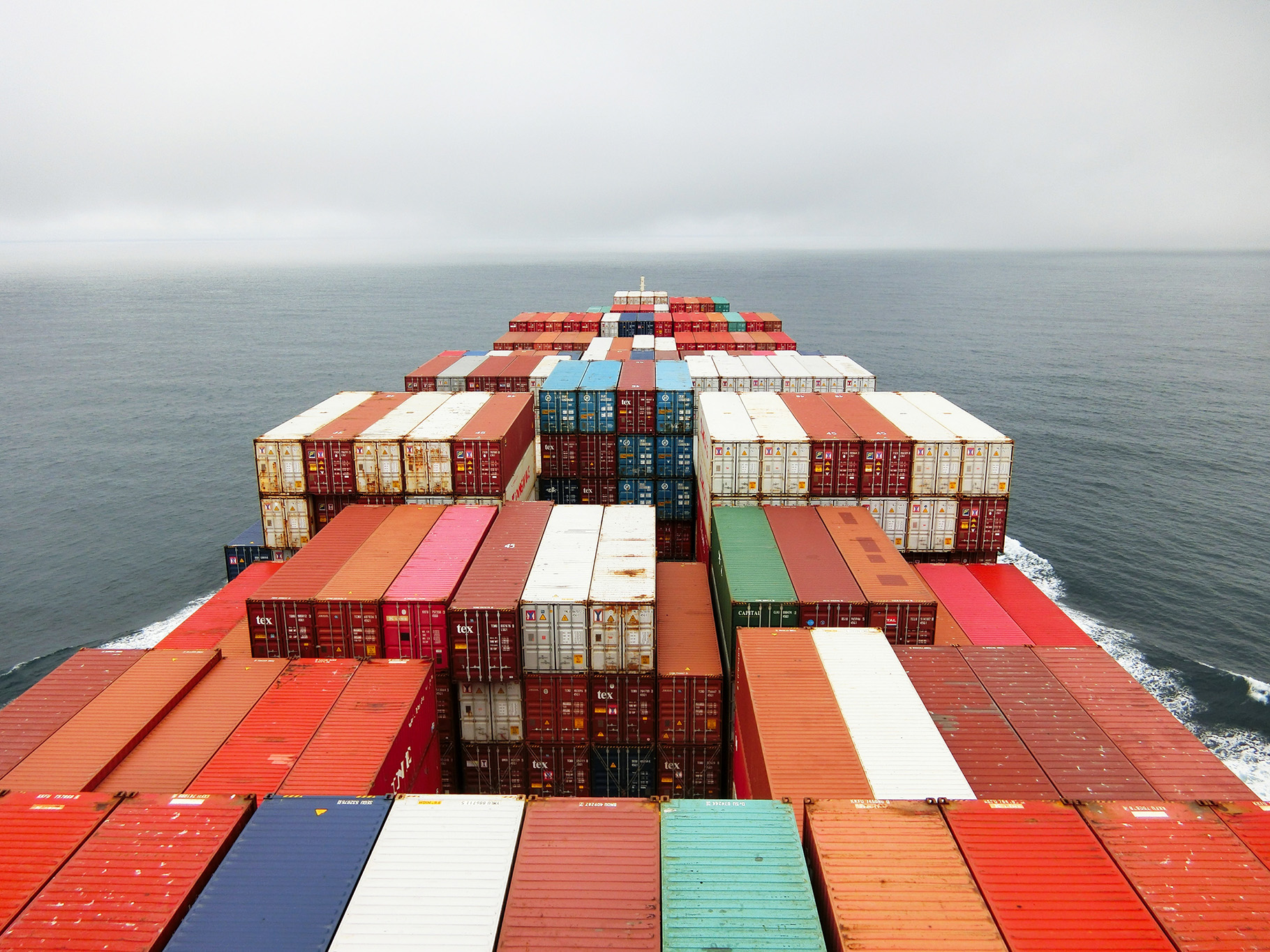
Australia's economy is greatly influenced by its imports and exports, playing a significant role in shaping the country's economic landscape. As a country located in the Southern Hemisphere, Australia is often referred to as "Down Under," but its impact on the global market extends far beyond its geographical location.
One of the key factors that drive international trade in australia. The country is known for its abundance of natural resources, including coal, iron ore, gold, and agricultural products. These resources make up a significant portion of Australia's exports, with countries like China, Japan, and South Korea being major trading partners. The demand for these resources in international markets has a direct impact on Australia's economic growth and stability.
On the other hand, Australia also relies on imports to meet the demand for goods and services that are not readily available domestically. From machinery and vehicles to electronic equipment and pharmaceuticals, Australia relies on imports from countries such as China, the United States, and Japan to fuel its economy. The balance between imports and exports is crucial for maintaining a healthy economy, as excessive reliance on imports can lead to trade deficits and impact the country's overall economic performance.
The fluctuation of global market prices for commodities such as iron ore and coal can have a significant impact on Australia's economy. For instance, a decrease in demand from China, one of Australia's largest trading partners, can lead to a decrease in export revenue and affect the country's GDP growth. On the other hand, a surge in demand for Australian resources can boost exports and drive economic growth. As a result, the Australian government closely monitors global market trends to anticipate potential challenges and opportunities for the economy.
In recent years, Australia has also focused on diversifying its export markets to reduce its reliance on a few key trading partners. This strategy helps to mitigate the risks associated with economic downturns in specific countries and regions. By expanding its export markets to include emerging economies in Asia and Africa, Australia can tap into new opportunities for growth and ensure the long-term sustainability of its economy.
In addition to natural resources, Australia is also a significant exporter of services such as education, tourism, and financial services. The country's high-quality education system attracts students from around the world, contributing to the growth of the education sector. Similarly, Australia's diverse landscapes and unique wildlife make it a popular tourist destination, driving revenue for the tourism industry. By capitalizing on these strengths, Australia has been able to expand its service exports and strengthen its position in the global market.
The COVID-19 pandemic has brought both challenges and opportunities for Australia's imports and exports. The disruption of global supply chains has impacted the flow of goods and services, leading to delays in imports and exports. However, the increased demand for essential goods such as medical supplies and food products has also created new export opportunities for Australian businesses. As the world gradually recovers from the pandemic, Australia's ability to adapt to changing market conditions will be crucial for its economic recovery.
Looking ahead, Australia will continue to play a vital role in the global economy through its imports and exports. By leveraging its natural resources, expanding its export markets, and diversifying its services sector, Australia can enhance its economic resilience and competitiveness on the world stage. As the country moves forward, it will be essential for policymakers, businesses, and stakeholders to collaborate and innovate to ensure a sustainable and prosperous future for Australia's economy.
In conclusion, Australia's imports and exports are fundamental drivers of its economy, shaping the country's economic landscape and influencing its position in the global market. By understanding the dynamics of Australia's trade relationships and market trends, we can gain valuable insights into the challenges and opportunities that lie ahead. As Australia continues to navigate the complexities of the global economy, its ability to adapt and innovate will be key to securing long-term economic growth and prosperity.